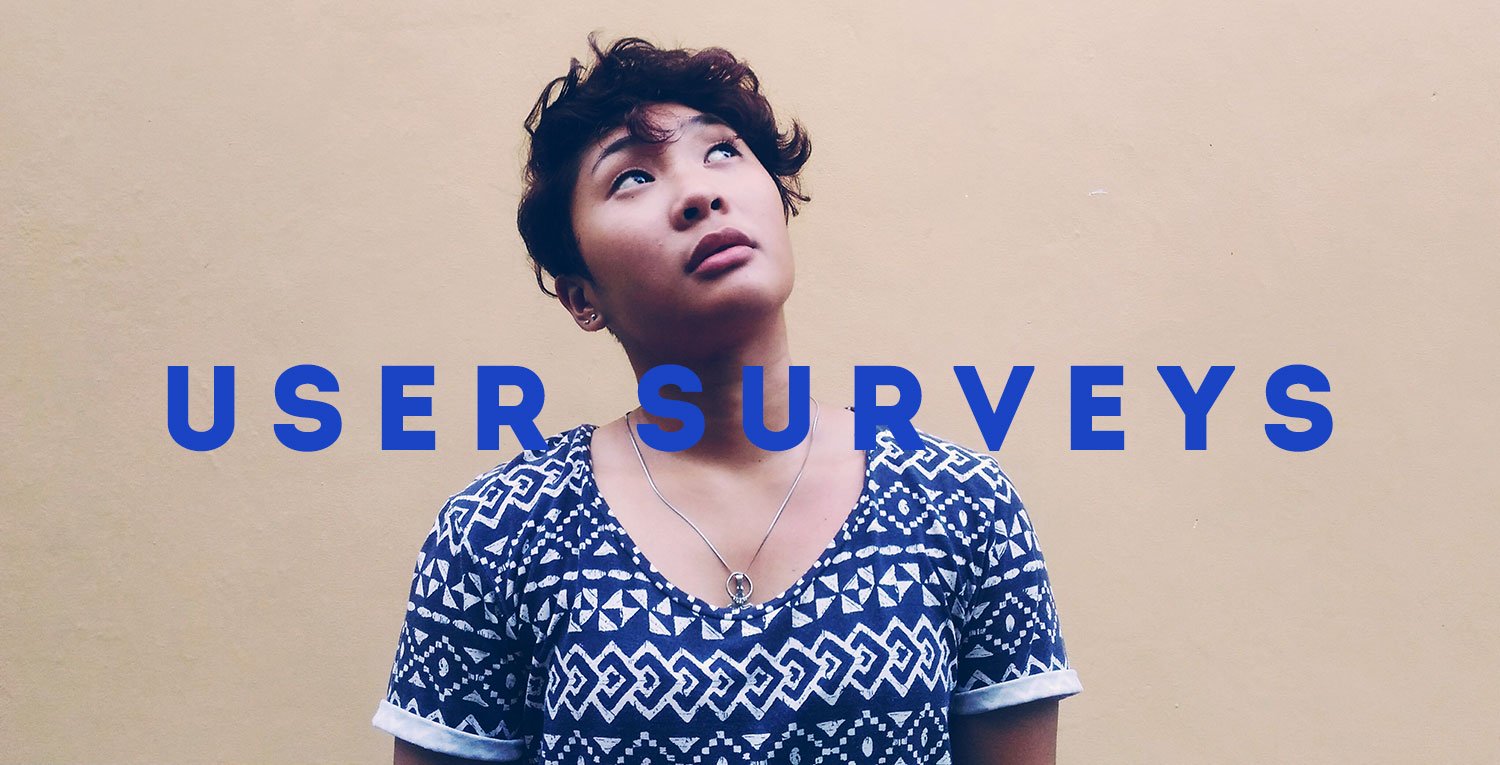
Is digital going native?
What Is Native Advertising?
Over the past couple of months, it’s been impossible to hide from the deluge of blog posts and news articles weighing up the pros and cons of native advertising. Some of these have been less than balanced, some even bordering on malicious, so we thought it would be a good idea to explore the world of native from a neutral viewpoint.
Native advertising can be defined as an ad format which resembles the format of the editorial content that features on the publishing site where it is placed. With Google becoming stricter and stricter about content and where it is placed, native advertising gives brands an outlet to essentially pay to place their content on other websites.
Most of us will have already come across native in some form, with 62% of publishers offering native advertising. These ads tend to appear in the form of paid-for news articles which are ‚Äòsponsored’ by a brand. Major social networks including Facebook and Twitter have also welcomed native advertising, in the form of promoted Tweets and sponsored posts which now appear regularly on our timelines.
What Are the Benefits of Native Advertising?
For brands who do it right, native can certainly help to improve sales and brand awareness. Most native advertising should be relevant to the viewer in some way. For example, a native ad on a publisher’s site should be vaguely similar to the editorial content which surrounds it. This means that it is more likely to have some relevance to a potential reader who has visited the publisher site with the intention of reading news and articles that interest them.
Brands who use social media also have a great opportunity to reach out to consumers. Native ads on social media have the potential to be highly targeted and tailored to their audience, meaning that they are more likely to result in some form of engagement from viewers.
Native advertising also offers brands an opportunity to use different advertising mediums, which can include videos, interviews, infographics, news and press releases, to name a few.
Alongside the benefits native advertising has for brands, it can also benefit publishers, most of whom rely on advertising revenue to be able to provide a free service to their readers.
The benefits of native advertising to consumers also shouldn’t be overlooked. Most native advertising is rich in valuable information to potential consumers, and will usually be tailored and relevant in some way.
What Are Some of the Native Advertising Negatives?
One of the most obvious problems that seems to go hand-in-hand with native advertising is the issue of ‚Äòtricking’ consumers. Native ads usually feature accompanying text stating that the consumer is viewing paid-for ad content, for example ‚Äòsponsored by’ or ‚Äòbrought to you by’. Recently however, consumers’ ability to recognise what these phrases actually mean has been questioned. With many publishers seemingly reluctant to describe native content as an ‚Äòadvert’, does the average consumer recognise when they’re viewing an ad?
The practice of creating the content for native ads also poses a problem. Who takes responsibility for this? If a brand creates their own native ad content, will it match the voice of the publishing site? If the publisher creates native ad content on behalf of brands, will some elements of the brand’s voice become lost in translation? Creating native ad content requires a lot of creativity, and right now it appears that there is some confusion over who should channel this creativity.
Where Does Native Advertising Go From Here?
First of all, native advertising isn’t a completely new entity. Facebook and Twitter have been running sponsored posts and promoted Tweets respectively for some time, whilst a variety of publisher sites already rely heavily on native advertising to remain profitable.
So why the sudden spike in interest? Perhaps most recently, the spotlight has fallen on high-profile publishers such as The New York Times who have only just introduced native adverts to their repertoire. Will we see even more interest in native as more and more publishers begin to embrace it?
It’s hard to predict how native will continue to grow, however we can probably expect to see more prominent ad-related wording displayed alongside native advertising, particularly on high-profile publishing sites such as The New York Times. After all, user trust is likely to play an important role in the success of native advertising.
We can almost certainly say that during 2014, there will be a resurgence of native ads and advertorial-style content gracing our screens. Will your brand take advantage?





